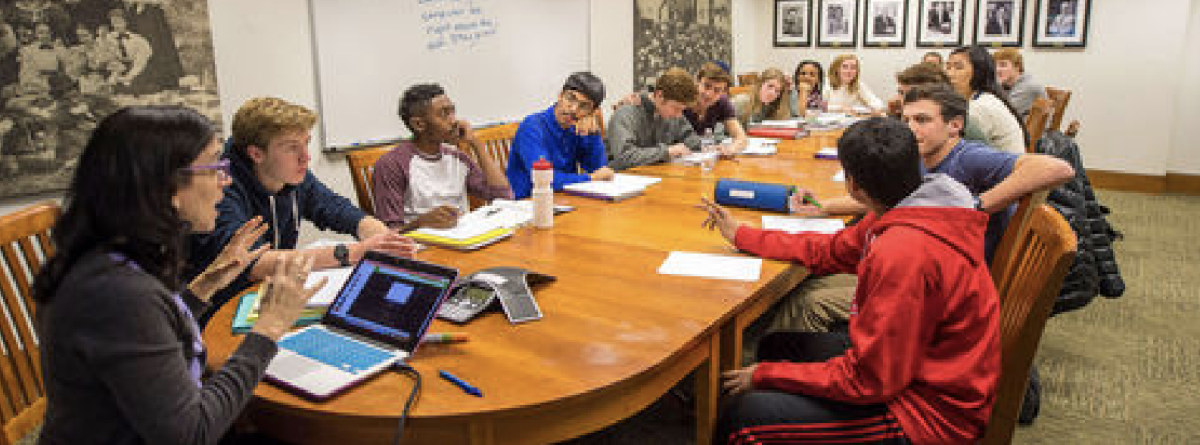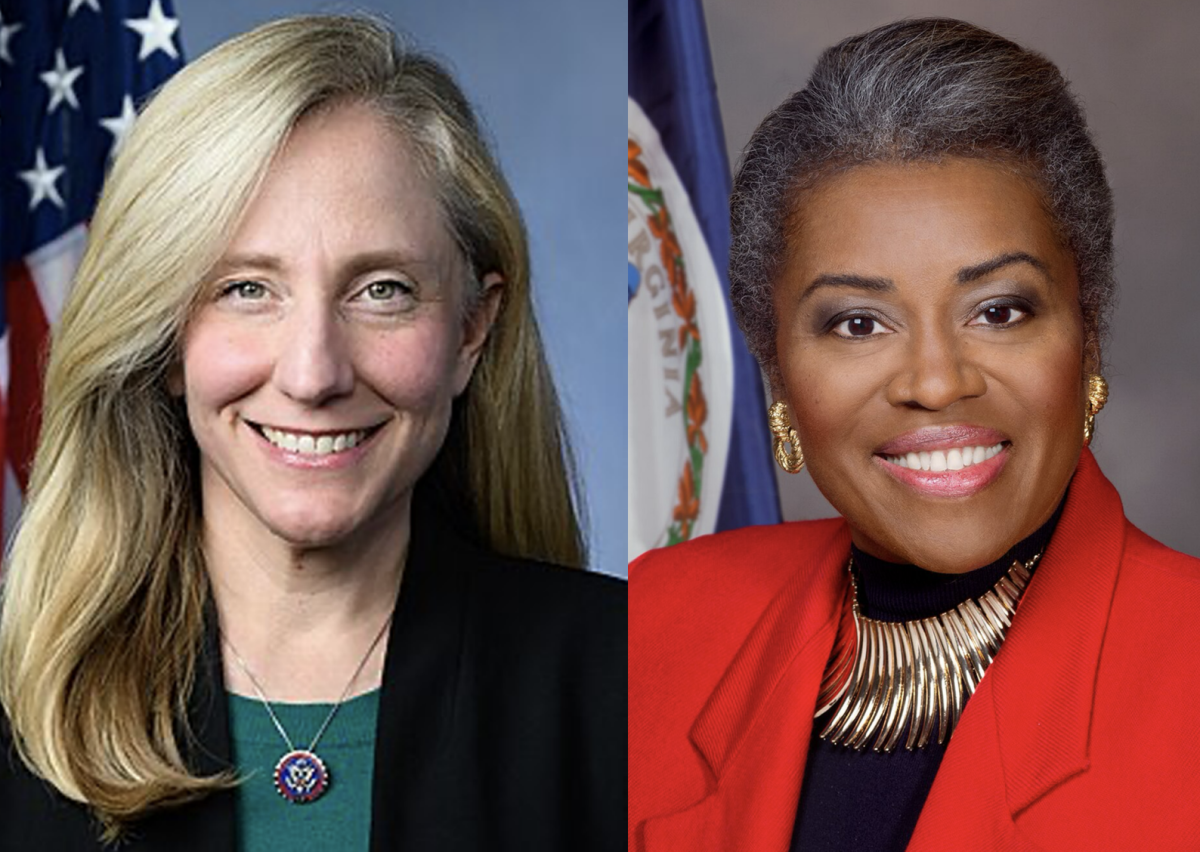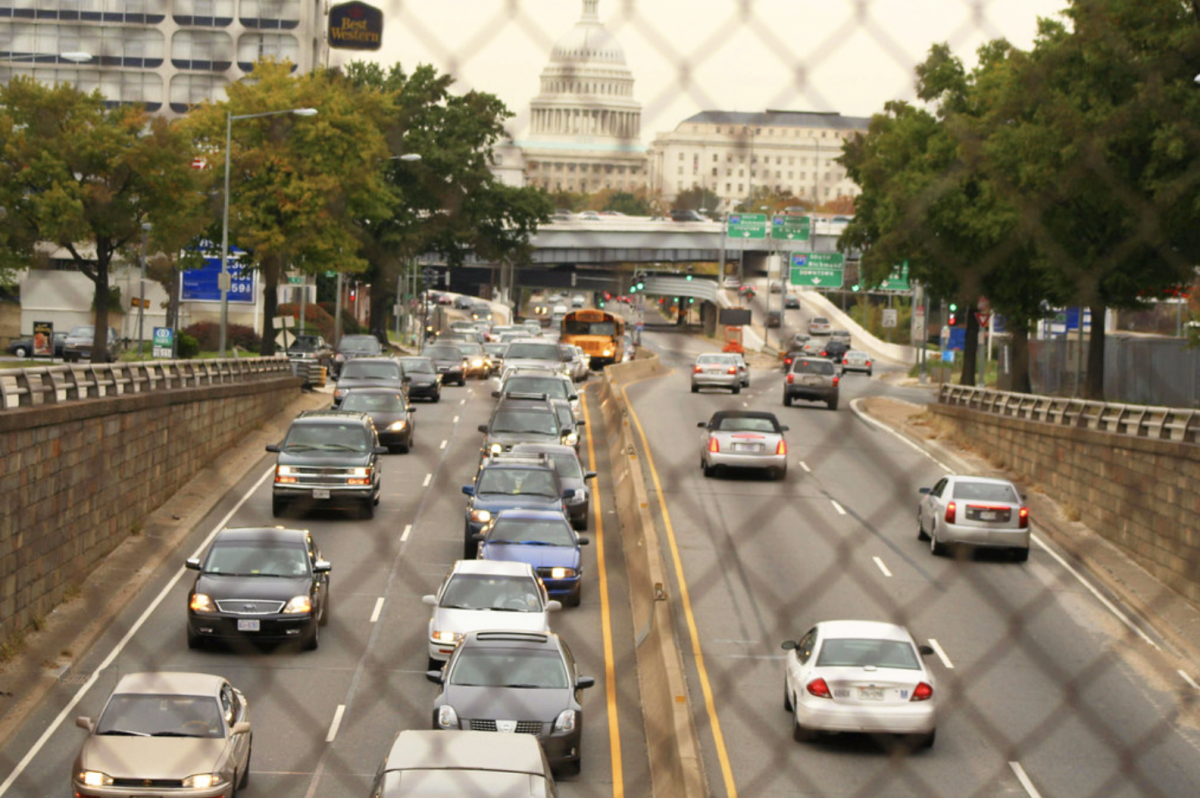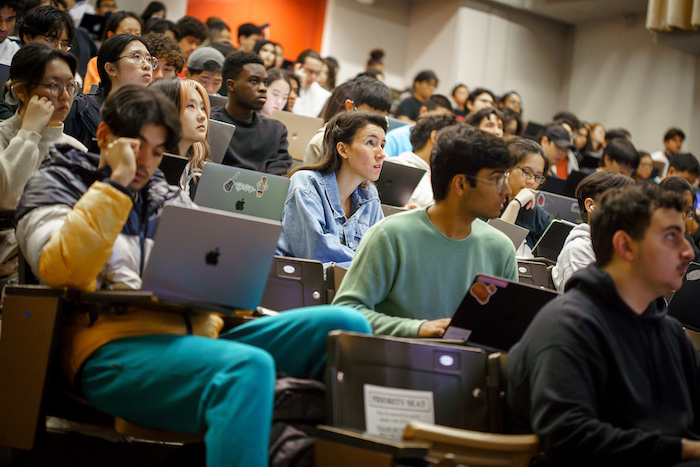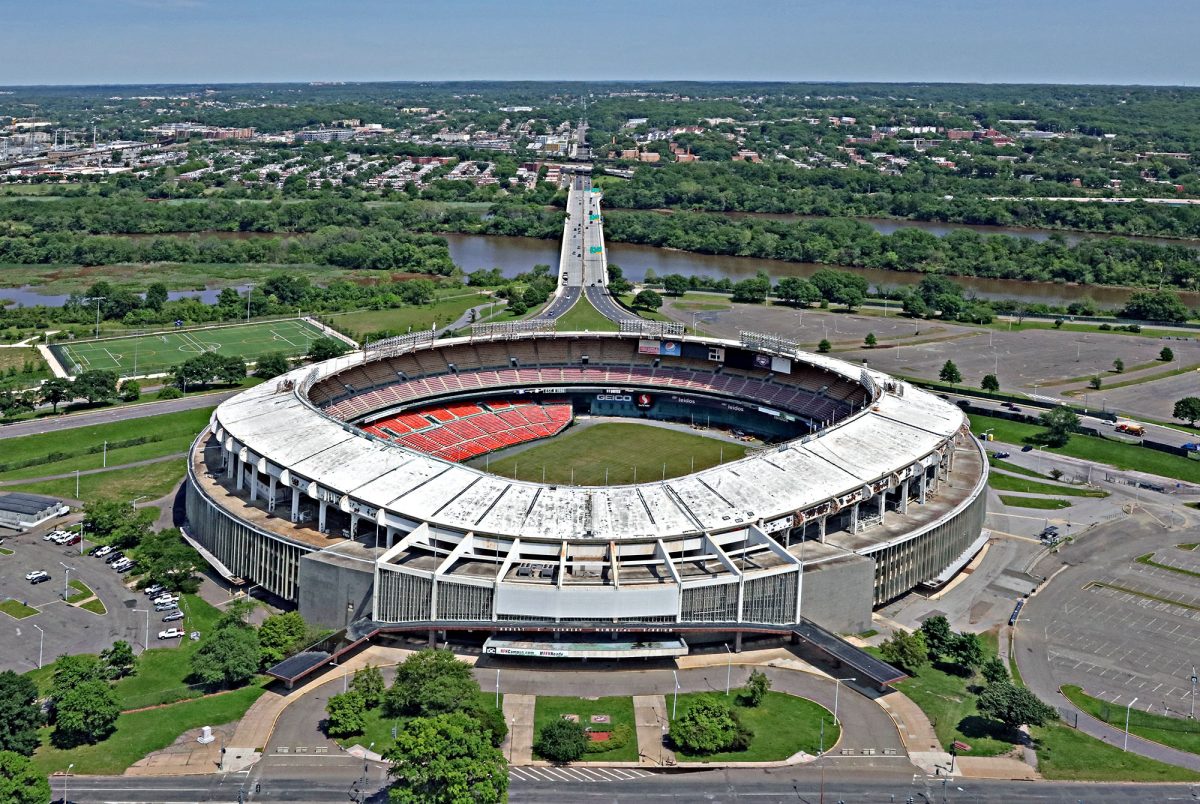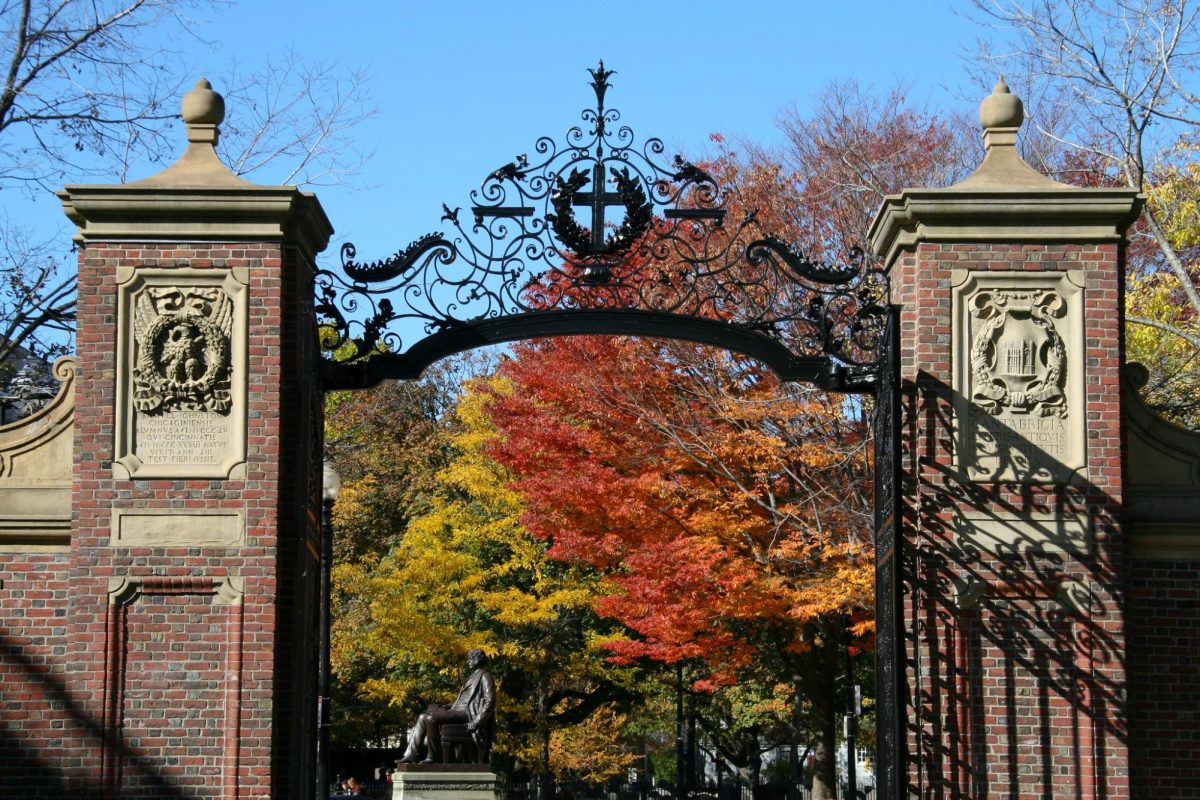The Supreme Court’s recent ruling on race-conscious admissions was an attempt to reinstate white supremacy in American academic institutions. Last June, the majority conservative court delivered a ruling prohibiting race-conscious admissions programs in universities and colleges, arguing that such programs provided an unfair advantage to students of color in the admissions process. This ruling stemmed from a worldview deeply entrenched among both conservatives and centrists: that our current systems, including our laws and culture, have already become post-racial and color-blind. According to this view, any attempt at rectifying racial injustice is racist and oppressive, especially against white or East Asian Americans.
Though the current conservative discourse is largely focused on education, similar accusations of “reverse-racism” have been leveled against increased representation of people of color in media and progressive welfare policies, despite the main beneficiaries of government safety net programs being working class white people, according to the Washington Post. These stances are comforting to those who benefit from the status quo, allowing white and East Asian Americans to ignore their privilege, but in doing so, they wildly mischaracterize reality. The college admissions process, with or without race-conscious admissions, still fails to meet this standard of color-blindness, assuming this ostensibly egalitarian ideal should even be the target. Major causes of the enduring racial disparity in admissions are legacy preferences and athletic recruitment for overwhelmingly white sports, such as lacrosse.
Even according to its proponents, the chief goal of leg acy admissions is to fund colleges through veritable race-conscious admissions for the white and wealthy. Additionally, this policy is often justified by its potential benefits for financial aid funding. Other arguments for loyalty to alumni are similarly complicated by the obvious history of racial injustice in American education. Loyalties to alumni who benefited from segregation and the accumulation of generation wealth will reproduce a lack of diversity in higher education. Even those who support legacy admissions on the basis of more than tradition admit that such programs advantage the upper classes. The statistics are decisive, revealing that applicants whose families are in the one percent economically are almost five times more likely to be accepted, according to The New York Times. These programs are a threat to diversity in our educational institutions and, given the increasing significance of higher education, reinforce racial stratification and uneven distribution of wealth. A number of colleges and universities have already conceded the inequalities apparent in these programs, discarding, or in the case of Amherst College, replacing them with a more robust financial aid system. Regardless, there is a long way to go to secure a more equitable future for American education.
Although there has been growing resistance and backlash to legacy admissions programs, it is unlikely that they will attract the same attention as conservative vitriol against race-conscious admissions. Still, these programs should be discarded, as they perpetuate the racial and economic inequity entrenched in our educational institutions and wider system.



